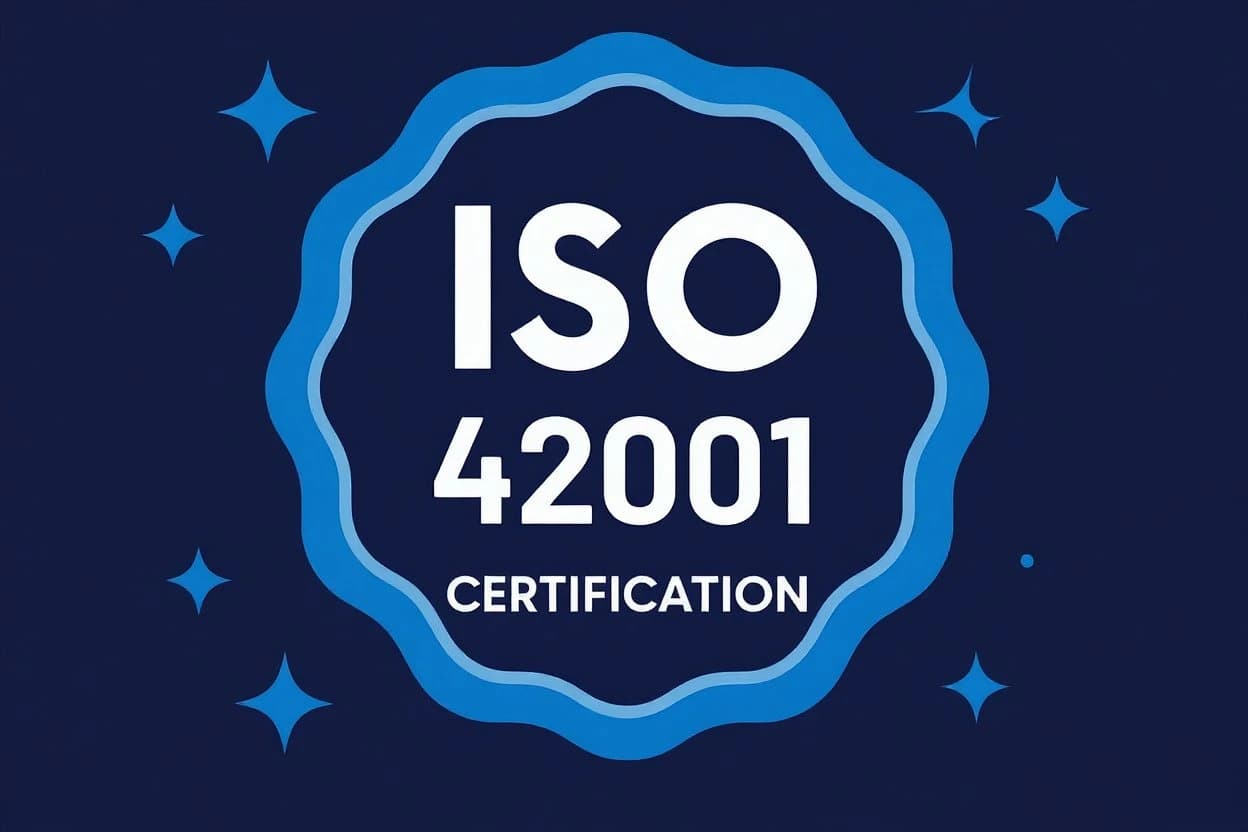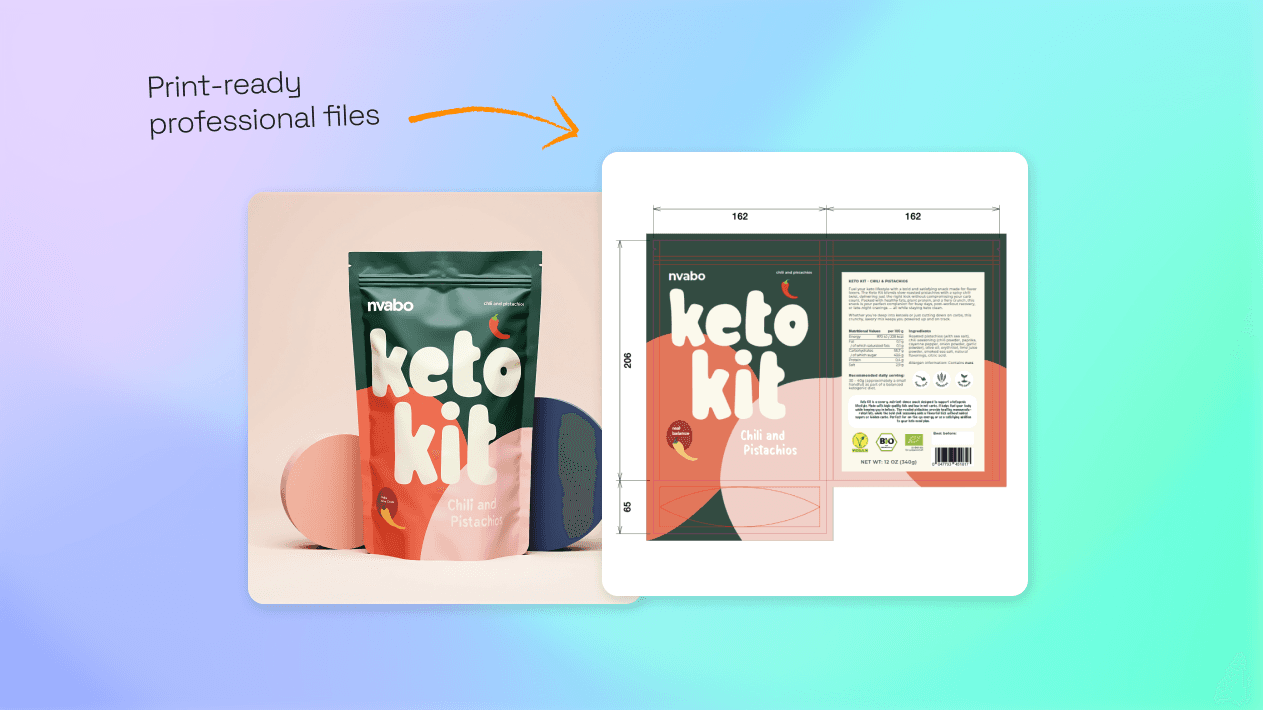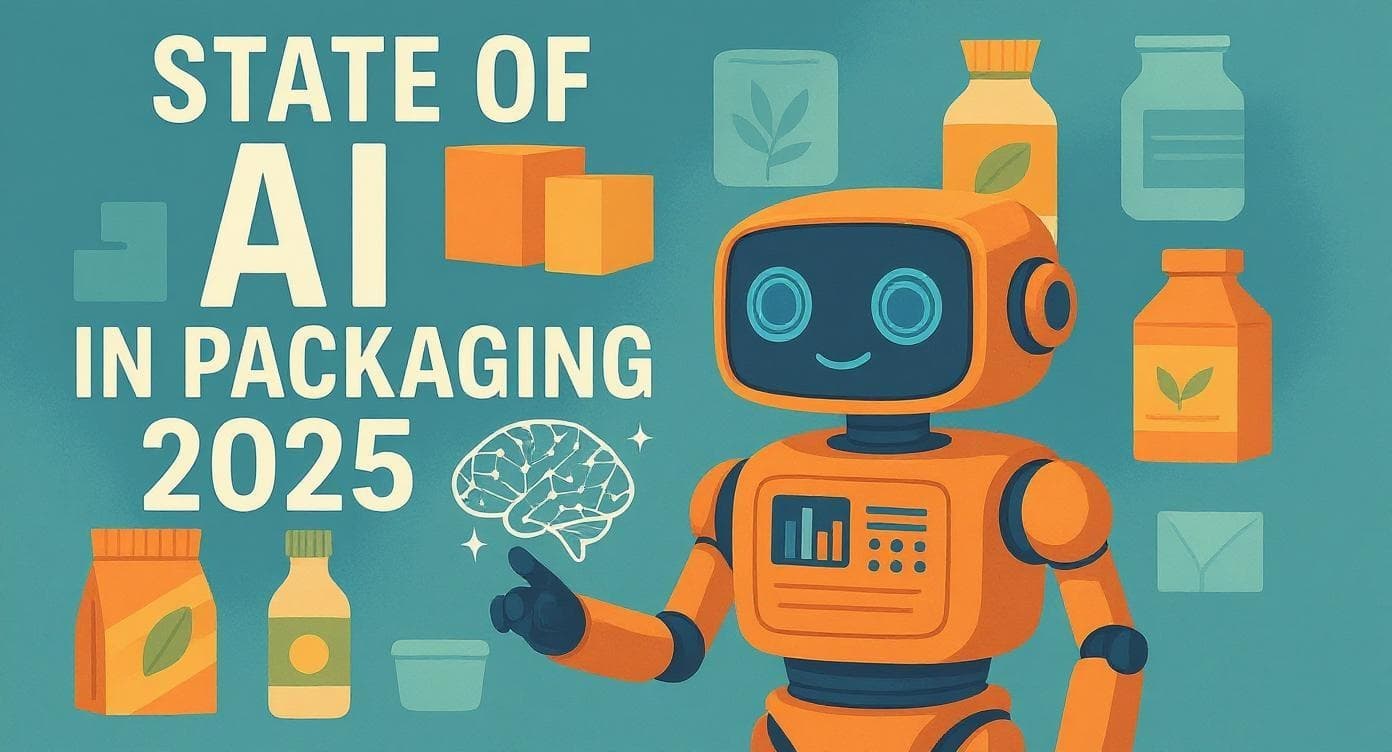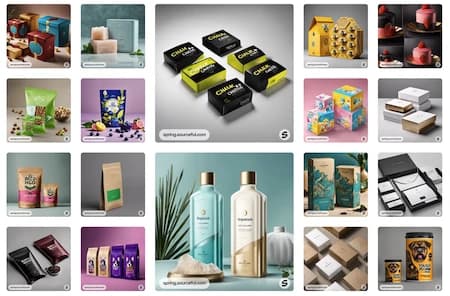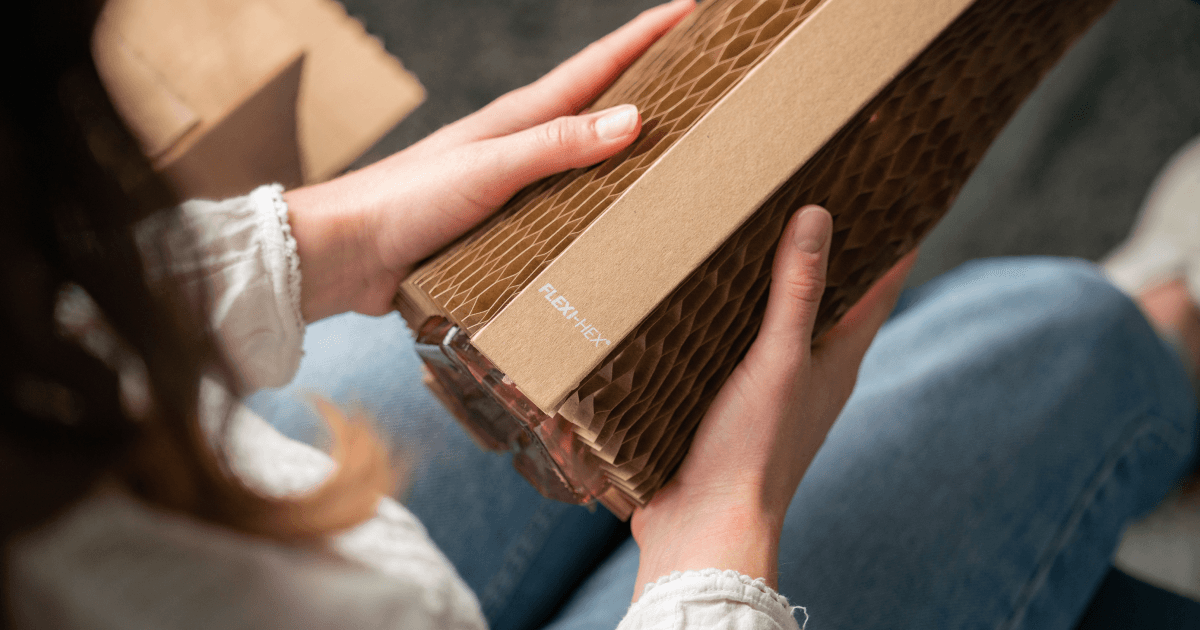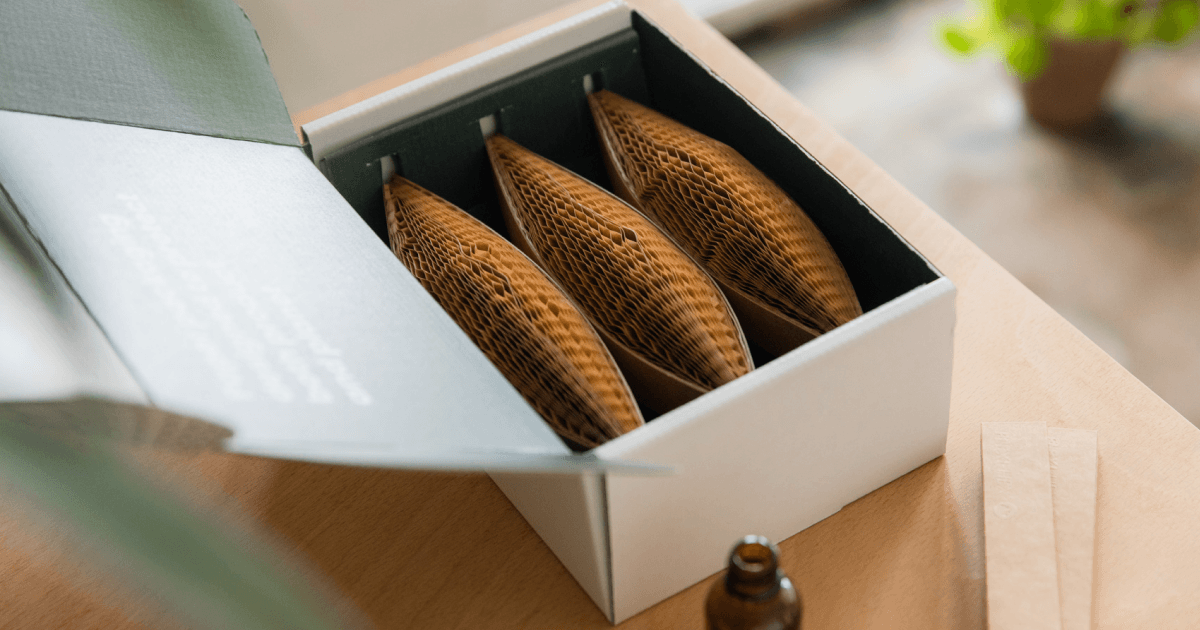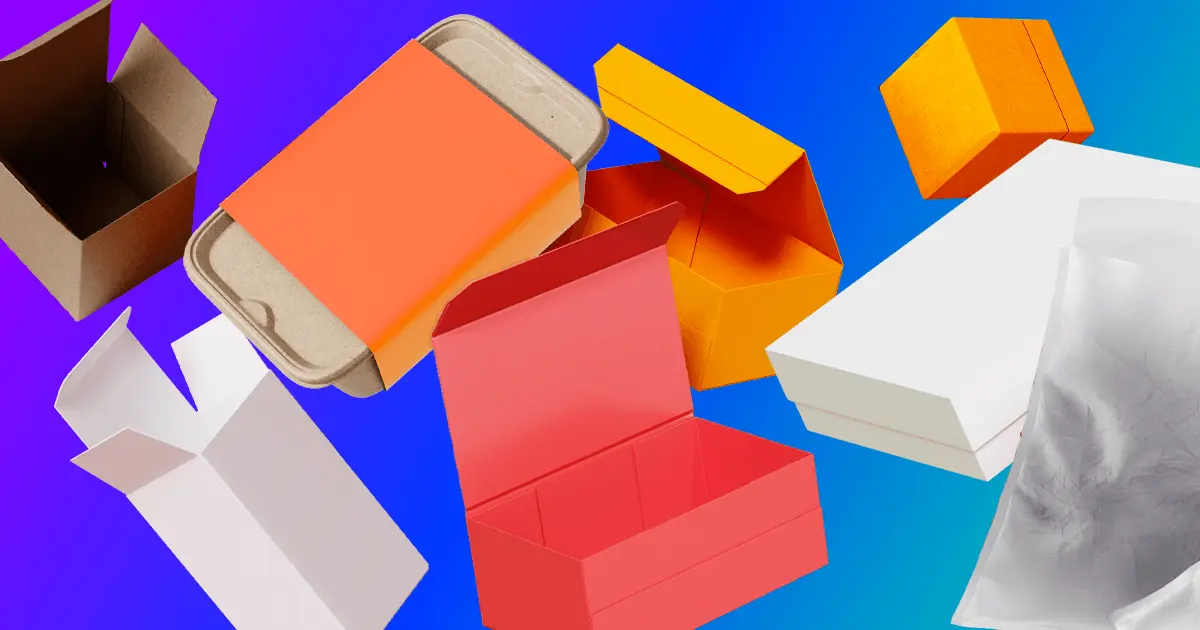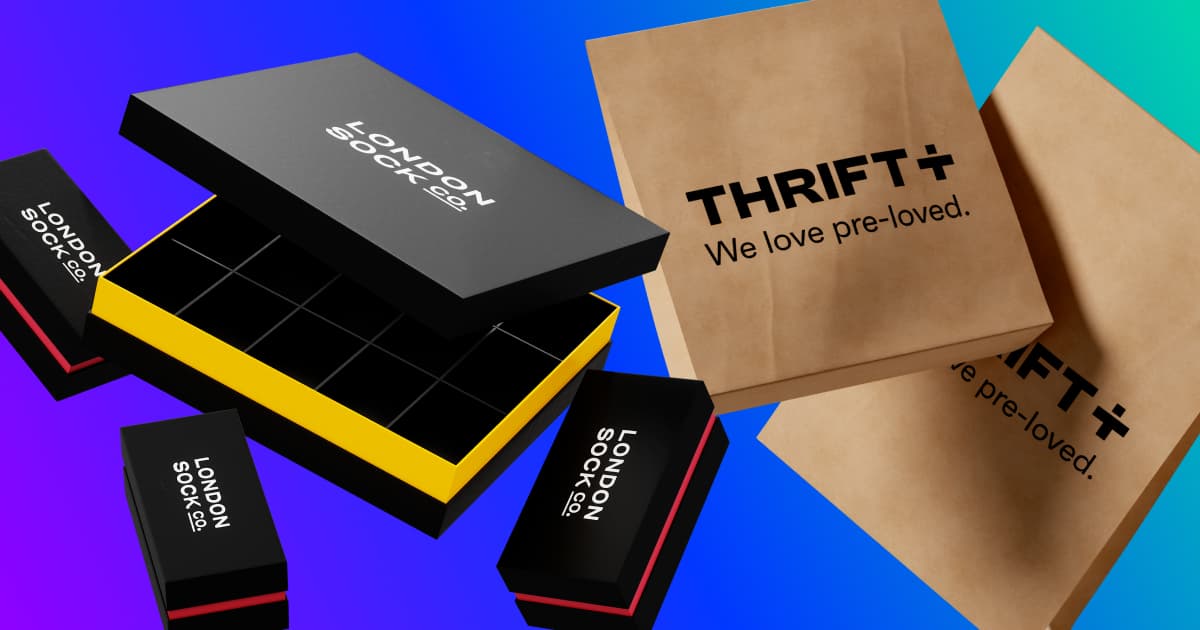Blog PostHow to go from normal packaging to sustainable packaging.
- Sustainability
- Design
Albert HowardJune 8, 2021 - 5 min read
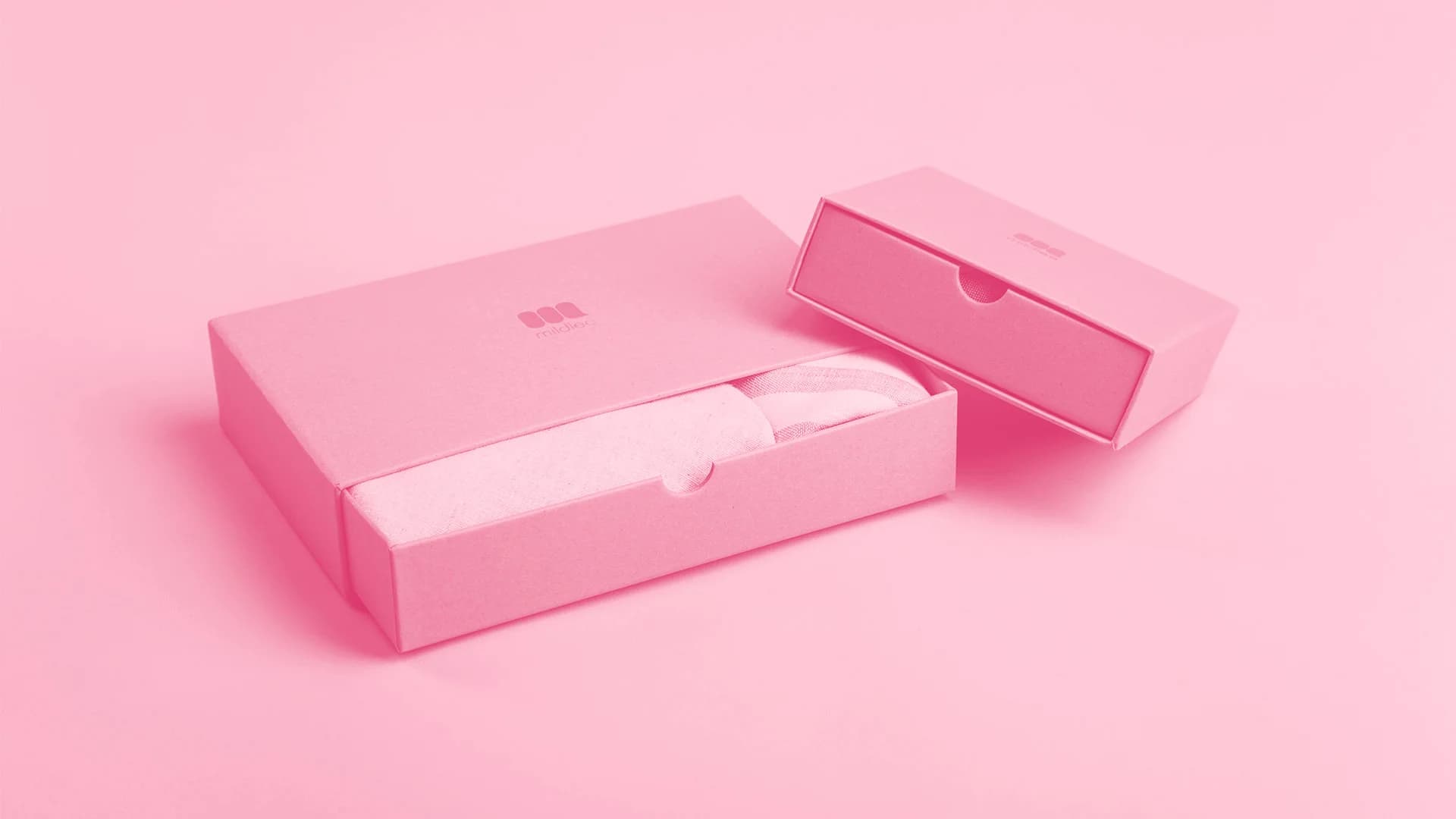
More sustainable packaging is packaging that's made to have minimal impact on the environment. And most people think that more sustainable materials are the answer. They may, for example, choose a paper mailer bag instead of a traditional plastic mailer bag. Whilst this is often true, this approach only focuses on what your packaging is made from. In other words, it doesn't consider who will use your packaging and how they will use it.
Addressing both materials and use is crucial to achieving more sustainable packaging. In doing so, you can reduce waste and emissions across your packaging's entire life cycle — not just those associated with materials.
1. Minimise materials
One of the best and easiest strategies for more sustainable packaging is to use less of it. That could mean reducing the number of packaging items in a bundle or it could mean using thinner materials. Either way, less packaging means fewer materials across the product life cycle, fewer resources used to produce those materials and less space needed when shipping — all of which mean a smaller carbon footprint.
Whilst minimising materials may require you to review your approach to packaging design, the benefits aren't just for the planet. Less packaging also means fewer costs for your business across materials, shipping and storage.
Using fewer materials to drive more sustainable packaging, however, does come with a warning: doing so shouldn't make it redundant. If using less means your packaging doesn't function as it should and can't deliver your product safely, you could see more breakages and more returns. In turn, that could put a strain on your supply chain and result in even more materials that are costly for you and the environment.
2. Make recycling easy
Recycling is one of the better, more sustainable end-of-life options for your packaging. You do, however, have to make it easy for whoever will be doing the recycling. Often this will be your customers, but they still need you to first make your packaging recyclable and second help them learn how to recycle. Even if your packaging is made from 100% recyclable materials, without clear information on end-of-life best practices, it's likely it won't be recycled as you intended. If this happens, is it really more sustainable?
When it comes to the packaging itself, try to use one type of recycled and recyclable material where possible. If there's a mix of both recyclable and non-recyclable materials, it makes recycling much harder.
For the consumer, too many materials can be confusing to know what to do with, and as a result, they might simply throw everything in the bin. As for recycling facilities, they have to separate materials before they can recycle anything. If they can't because, for example, the packaging materials are completely bonded together, they won't.
If your packaging does need a variety of materials to function or provide the customer experience you want, consider how they can be integrated without making it hard for others to split, sort and dispose of them correctly.
When it comes to helping customers learn how to recycle, clarity is everything. Recycling symbols are useful, but they shouldn't be the only information on your packaging. Unfortunately, there are hundreds of recycling symbols (seven for plastic resin alone), and as a result, most consumers don't know what symbol means what. In one study, only 44% of respondents correctly identified the universal recycling symbol.
What symbols should be paired with is additional information that clearly explains which materials are in the packaging and guidelines on what to do with them. Material information is arguably the most important, since consumers, no matter where they are in the world, can then find out what to do with a specific material in a specific area. And that maximises the chance of your packaging being recycled, or at the very least being disposed of properly.
As to guidelines, they should be just that. Anything too specific won't be accurate everywhere (especially if you ship internationally) and inaccurate recycling information can end up sending more packaging to landfill.
3. Optimise for returns
You may think returns are just part and parcel of business, but they're also an opportunity to achieve more sustainable packaging. And with consumers returning 25% of items bought online, it's an opportunity you should seize.
If your packaging is only designed to reach the customer, its utility might end when they open the box. That's okay if the customer likes your product — they can then recycle or reuse the packaging.
But if they want to return the product, and they had to rip your box because it was tricky to open, that's a problem. Now, your box isn't fit to return the product, and the customer may need more packaging to send it back. Whilst the packaging they find for the return trip might not strictly be yours, knock-on effects like this do curb your efforts to create more sustainable packaging. What's more, a customer may have to buy the new packaging, costing them and your customer loyalty.
To avoid this, make it easy for customers to open your packaging with simple, instructional symbols, tear strips or perforated lines. And to make the journey back as seamless as possible, think about including return information (via a QR code or on the packaging itself) and double adhesive strips. The aim is to extend the use of your packaging, prevent unnecessary materials, and offer your customers an exceptional service.
Have other questions about more sustainable packaging? Contact us

